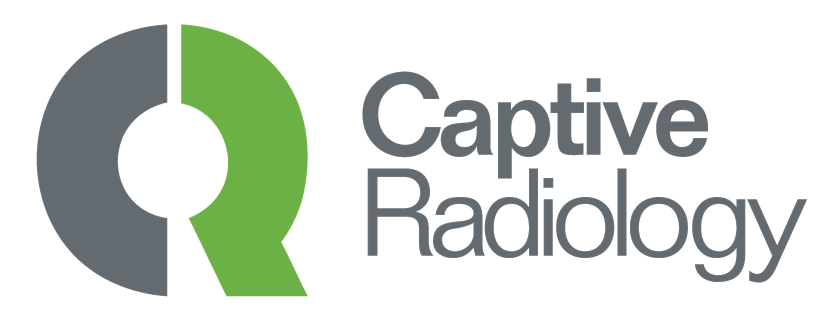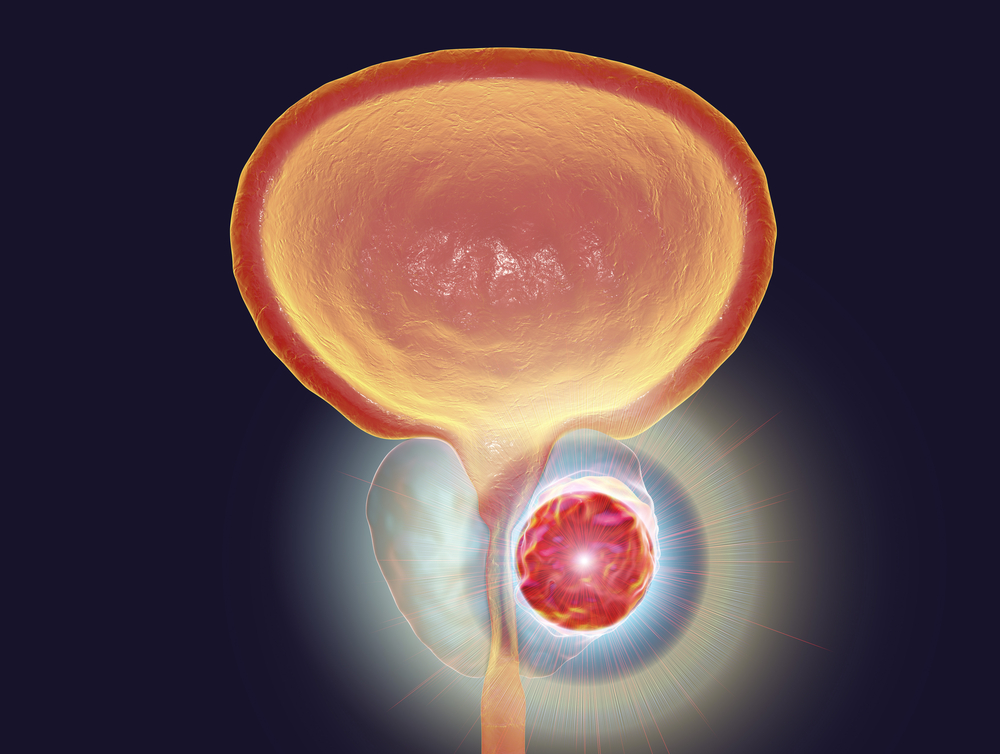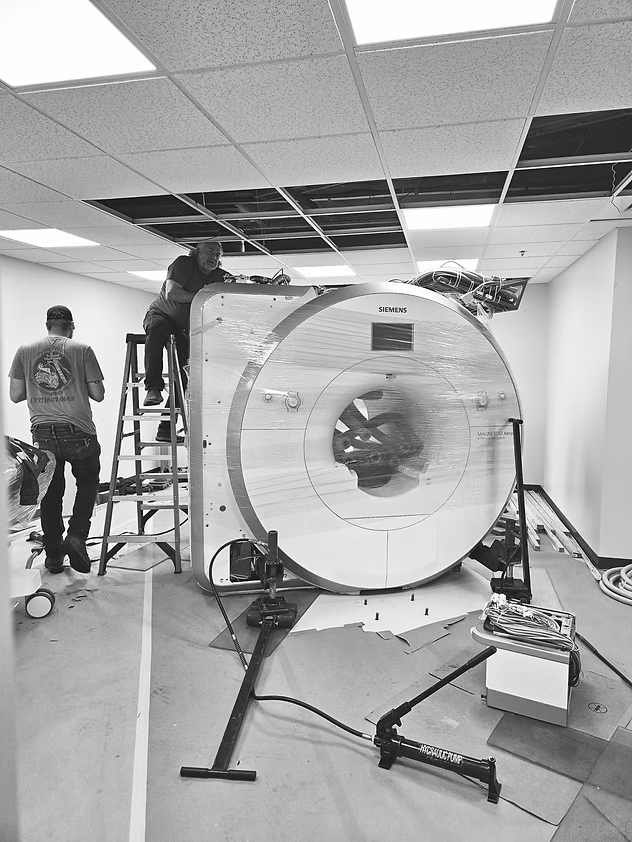PET imaging is experiencing historic growth across the United States, and it’s reshaping diagnostic care in oncology, urology, and neurology alike. According to a recent IMV Medical Information Division report, PET procedure volumes surged 12.2% in 2024, marking one of the fastest year-over-year increases in advanced imaging.
For many practices, this surge represents both a challenge and an opportunity. While demand climbs, imaging capacity across the country is struggling to keep pace, and patients are waiting longer than ever for essential diagnostic scans.
Capacity Is Strained, Demand Is Surging
Roughly 40% of imaging sites now report wait times of eight days or more for non-emergency PET scans, with average turnaround times more than doubling since 2019. Facilities are pushing their PET/CT scanners 8% harder than before, often extending hours or compressing schedules to meet demand.
That imbalance has created a clear opportunity for practices ready to invest in PET imaging, particularly those in oncology and neurology specialties where clinical demand continues to rise.
Oncology and Urology: PET’s Fastest-Growing Frontier
Oncology remains the largest driver of PET imaging, now accounting for nearly half of all procedures performed nationwide. For urology practices, that growth centers on prostate-specific membrane antigen (PSMA) PET imaging, one of the most transformative diagnostic advancements in recent years.
PSMA PET scans deliver unmatched precision in detecting and staging prostate cancer. They help urologists confirm the extent of disease earlier, guide treatment more effectively, and minimize unnecessary biopsies.
Practices offering in-house PET capabilities gain a distinct advantage: Improving patient access to advanced care while strengthening referral relationships and driving long-term practice growth.
Expanding Access in Neurology
The neurological landscape is shifting as well. In 2023, Medicare expanded coverage for PET imaging in Alzheimer’s diagnosis, marking a major step toward integrating PET into standard neurological care.
With the rise of amyloid PET scans, neurologists can distinguish Alzheimer’s disease from other causes of cognitive decline with greater accuracy, a critical step in identifying which patients qualify for newly approved Alzheimer’s therapies.
As PET becomes essential for both diagnosis and treatment eligibility, neurology practices equipped with PET capabilities are positioned to deliver more complete, future-ready patient care.
Why Partnering with Captive Radiology Matters
As demand continues to rise, getting your PET program operational quickly and compliantly is key. Captive Radiology helps practices launch and sustain high-quality PET imaging services from start to finish, handling every detail of setup, staffing, and operations.
Our turnkey support includes:
- Site planning and design
- Equipment selection and installation
- Regulatory and accreditation compliance
- Staff recruitment and training
- Ongoing quality assurance and performance management
Whether you’re expanding your practice’s imaging department, adding PET to a urology group for prostate cancer detection, or building PET capacity in a neurology practice for Alzheimer’s care, Captive Radiology provides the infrastructure and expertise to help you serve patients faster and strengthen your position in a rapidly growing market.
The Time to Act Is Now
PET imaging isn’t just growing, it’s evolving. With 129 new PET imaging agents in development and technology advancing toward faster, more precise, and AI-assisted diagnostics, the opportunity for early adopters has never been greater.
Partner with Captive Radiology to turn rising demand into lasting practice growth and bring the future of diagnostic imaging to your patients sooner.



